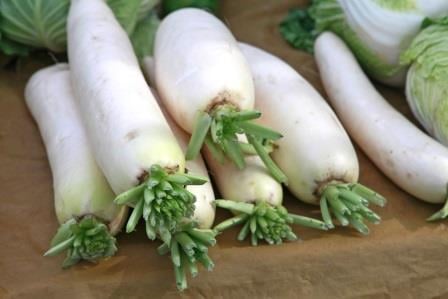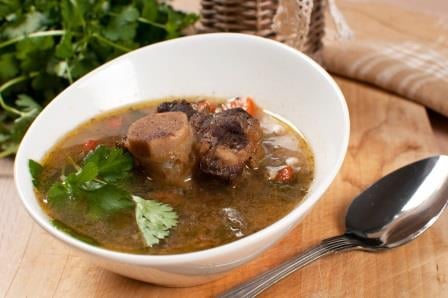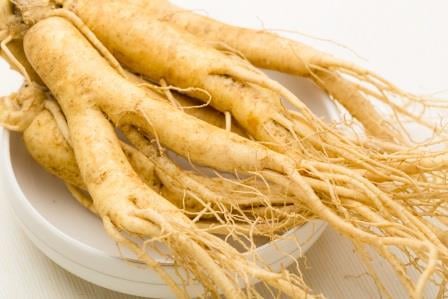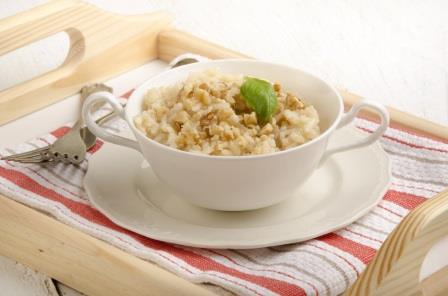AOMA has an incredibly diverse student body that consists of gifted practitioners with a wide variety of different histories, ethnicities, and hometowns. Many students come into their studies already having obtained a background in a particular healing modality or healthcare field. Specifically, a great deal of talented massage therapists have chosen to further their education by studying
Chinese Medicine and herbal medicine at AOMA. We decided to interview them and share their knowledge and stories around returning to school after receiving massage training and
combining the two complementary modalities.
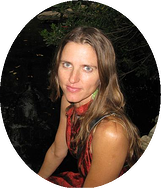
Massage Therapist/Acupuncturist in Training:Ammathyst Rose
What prompted you to return to school?
Returning to school was always part of the master plan. My decision to get my massage license was to assist me in being able to pay the bills while returning to school, but the Universe must have felt I wasn’t ready to do that for another five years because, I wasn’t generating enough cash to make it easy to drop down to a part time worker and a full time student. Also, I still had a young child at home which required more home responsibility.
Why did you choose AOMA?
It has the reputation for being a good school and it’s regionally accredited which is an important factor for licensure. I had looked at another school in Hawaii because a friend had recommended it, and I thought with the amount of projects, friends and adventures I had going on, living here in Austin would make it very difficult to study and do well. Plus, it was Hawaii, need I say more? But my child did not want to move to Hawaii. So, when I let go of the idea of moving to there, staying in Austin and attending AOMA just clicked. I had an “Ah-ha” moment and after that, the process unfolded quite easily.
What is your background in massage therapy?
I have worked in the clinic setting at Collette Zygmonts Chiropractics and 27 Bones podiatry clinic. Polished my spa skills at the Woodhouse Day Spa and The Austin Omni Downtown. I have done volunteer work for Power to the Peaceful in San Francisco. I have offered massage at yoga conferences such as Bhakti Fest in Joshua Tree, and Tadasana Fest in Santa Monica, California. I have also had my own practice for the past 8 years.
How has your massage therapy background impacted your experience as a student/practitioner of Chinese medicine?
As a bodyworker, I felt like I had worked through the initial awkwardness of working rather intimately with other people’s bodies – some times total strangers – so I was able to hop into the role of being a practitioner fairly smoothly. I had also developed a relationship with the anatomy of the body through massage and so this particular aspect of learning at AOMA, whether it be locating the acupuncture points by way of feeling them with my hands or understanding verbal description of body landscape. Also physical assessment and Anatomy and Physiology classes were a bit easier because I had already studied those as part of the massage school curriculum.
What has your experience been like as an acupuncture student?
I have had a great experience. There are great teachers here and AOMA is very supportive and full of a lot of good people.
What advice do you have for other massage therapists returning to school?
Jump on board! Keep up your massage therapy skills, and see how you can keep helping people, but in an expanded way.
Massage therapist/Acupuncturist in Training: Vanessa Huffman

What prompted you to return to school?
The physical nature of doing massage full-time for many years lead me to realize that I was going to need to return to school for something more sustainable. I was in the process of applying to law school when I became a patient of TCM. The experiences I had with my acupuncturist (who was also a licensed massage therapist) really opened up my interest in TCM and showed me that what I really wanted was to continue my path in the healing arts. After reading “The Web That Has No Weaver” and “Between Heaven and Earth” at his suggestion, I was fascinated. The rest is history!
Why did you choose AOMA?
I transferred to AOMA after realizing that I wanted my TCM education to be strong in both herbs and acupuncture as well as containing biomedical integration.
What is your background in massage therapy?
I received my training from The New York Institute of Massage. It’s a very medically grounded, and oddly enough, Shiatsu heavy curriculum. After graduating, I followed my passion for medical massage but quickly found that I was experiencing very powerful energetic experiences with many clients. This led me to discover Reiki and I am now a Certified Level 1 practitioner. Over the course of my career, I also absolutely fell in love with Ashiatsu. I took an advanced Ashiatsu training in 2011 and have been working almost exclusively in this modality ever since. It’s a technique where you hold onto bars suspended from the ceiling and massage clients with your feet! AWESOME!
How has your massage therapy background impacted your experience as a student/practitioner of Chinese medicine?
I was a small business owner as a massage therapist, but I also networked with a lot of other therapists and healthcare professionals. I think this has prepared me well for the realities and logistics of setting up a successful acupuncture practice.
In terms of clinical context and patient care, I’ve had the honor of building very profound therapeutic relationships with my massage clients. These relationships have taught me a lot about working with different personality types, energy profiles and dynamics in order to achieve therapeutic results. Each patient teaches me how to be their healer and in return, this process makes me both a more skilled practitioner and a more compassionate human being. All of the interactions and lessons learned (both successes and failures) doing massage inform my current interaction with TCM patients.
What has your experience been like as an acupuncture student?
Studying TCM has been both a challenging and gratifying experience academically, personally, professionally and spiritually. It has fundamentally changed the way I see and interact with myself, others and the world around me for the better.
What advice do you have for other massage therapists returning to school?
Studying TCM will be challenging but it will be worth it! Everything you already know tactilely and intuitively from being a bodyworker will apply and be an advantage to you (and your patients), especially when working in clinic. An education in TCM will help you master powerful healing tools that will be able to impact state change in patients on a level that massage therapy alone has difficulty achieving. Studying TCM will deepen your ability to help others as a healer.

Massage therapist/Acupuncturist in Training: Gene Kuntz II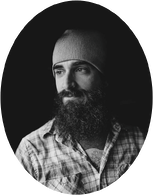
What prompted you to return to school?
When I was a kid I watched Kung Fu movies all the time. In one of my favorites, "Hard to Kill" with Steven Segal, not only did he use acupuncture on himself with smoke coming off the ends (what I now know is moxa) he said, "anyone can hurt someone, it takes a true master to heal." That was the first time I really became inspired to learn about Oriental Medicine. Years later, while studying Martial Arts, my master was able to not only kick through baseball bats but also help heal his students with Tui Na, acupuncture and massage. That was it! I figured I had learned how to fight long enough and would learn to heal people and myself. The next step for me was obvious: to get a feel for the energy and mechanics of the body with massage therapy before furthering my education with Oriental Medicine. Step one: check.
Why did you choose AOMA?
First, I should say that I chose Austin. It is an amazing city and only five hours from my home, and what can I say? I love my family. Of the two schools in Austin, I chose AOMA initially because of what I had read of Master Li and the qigong program. When I found out I didn't have enough hours to attend AOMA I started my Oriental Medicine education at THSU, the other acupuncture school here in Austin just a stones throw away. Whenever I had enough credits to attend AOMA, I had to make a choice of whether to stay at THSU or transfer to AOMA. Both schools have amazing teachers and have acupuncturists graduate several times a year. I chose AOMA for three reasons:
1. The credits I receive from AOMA can be transferred to a credited University.
2. The number of clinic opportunities and community outreach they provide.
3. The professionalism with which I was received the first time I walked in the door.
What is your background as a massage therapist?
I have been a massage therapist for 6 years. I received my license in Lake Charles, LA, at the Louisiana Institute of Massage Therapy. The owner of the school was Susan Salvo, who literally wrote the book on massage therapy. (Seriously, most schools in the U.S. use her book. ) After I graduated, I got a list of every massage therapy place in town and began calling them asking for a job. After a few days, I started at Massage Clinique and apprenticed under a talented sports and deep tissue therapist. Next, I got a job at Lake Charles's claim to fame, Lau Berge du lac, the local casino. I worked there for 4 years before moving to Austin. While in Austin, I have worked at Woodhouse Day Spa, Hess Chiropractic, Massage Harmony and am currently employed at what has become literally one of my favorite places to ever work: milk + honey day spa. In that time, I have had training in: Repetitive Use Injury Therapy, Medical Massage, Supreme Science Qi Gong, Reiki, along with a myriad of spa treatments.
How has your massage therapy background impacted your experience as a student/practitioner of Chinese medicine?
Massage therapy has helped me in so many ways as a student of Oriental Medicine. I am comfortable doing intakes with clients/patients. I am aware of my energy and the energy of others, and how they can affect one another. I have become familiar with insurance billing and other administrative aspects of the business. From intake to treatment plan, the process is similar whether giving massage or performing acupuncture. The most important impact massage has had on my Oriental Medicine skills is my sensitivity to touch, feel and palpate. It will be my hands and my ability to feel that guide the needle.
What has your experience been like as an acupuncture student?
My experience at AOMA has been awesome. I came in as a transfer knowing about three people, and my first semester landed me in about 4 different cohorts. Lots of people to meet. In every class I felt welcome and am grateful to have had the opportunity to meet so many people in such a short time. With just a few terms in, it already feels like home. As far as academia, the school is legitimate. A serious endeavor with four years and a big chunk of change.
What advice do you have for other massage therapists returning to school?
Massage Therapy has been great to me while in school. It has given me a source of income and allowed me to feel more bodies as I learn a new art. If you are coming into Oriental Medicine school, be aware that it is much more intense than massage therapy school; a longer time and financial commitment. When I first looked into Oriental Medicine school I had no idea of the intensity that would ensue. Think of getting a master's degree in any other subject: it is like that. So, if you're thinking of studying Oriental Medicine, get ready for some intense awesomeness. This schooling has brought my knowledge to a level that I thought I could only find being trained by a sage on a mountain in China, and I still have a year left. My advice... if you're interested in studying healing arts for a good portion of your life, sign up.
Massage therapist/Acupuncturist in Training: Jessica Healy
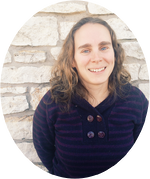
What prompted you to return to school?
I decided to return to school because I felt that during massage sessions the body was communicating more information to me than I had skills to interpret. I felt like there was more I could be doing for my clients if I could only learn how to understand better the feedback that the body was giving me. So, I decided to try and expand my knowledge through acupuncture, which has proven to be very useful. I also returned to school because after five years of practicing massage it was beginning to take a toll on my body. So, I wanted something I could do that would be a nice addition to my massage practice but would also give my hands and body a bit of a break.
Why did you choose AOMA?
I chose AOMA because they have a strong herbal program, they have a great national reputation, and because my acupuncturist at the time recommended it to me, despite graduation from another school. Once, I visited AOMA I was sold on the good energy, friendly people and nice learning environment found on campus.
What is your background as a massage therapist?
I graduated from The Costa Rica School of Massage Therapy in 2007. From there I went on to work in several different environments, from spas to wellness centers as well as having a small private practice on the side. The type of massage I enjoy the most is integrative deep tissue and CranioSacral work.
How has your massage therapy background impacted your experience as a student/practitioner of Chinese medicine?
My massage background has helped me greatly in the clinical setting, and has enhanced my learning process. Already being comfortable touching and talking with people has helped me to be able to dive right in and focus on the Chinese medicine theories, without worrying about developing those basic skills.
What has your experience been like as an acupuncture student?
Being a student at AOMA has been life changing. It has been a challenging, but also very rewarding experience.
What advice do you have for other massage therapists returning to school?
Returning to school is a big commitment and it is easy to lose yourself amongst all the books, so be sure to set aside time for yourself to do something you love. :)

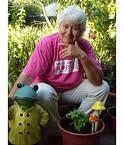 Pam Ferguson Dipl. ABT (NCCAOM), AOBTA® – CI, LMT (TX) teaches advanced classes in Asian Bodywork Therapy, mainly in Europe. She is AOMA’s Asian Bodywork Therapy Dean Emerita.
Pam Ferguson Dipl. ABT (NCCAOM), AOBTA® – CI, LMT (TX) teaches advanced classes in Asian Bodywork Therapy, mainly in Europe. She is AOMA’s Asian Bodywork Therapy Dean Emerita.

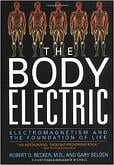 1. The Body Electric: Electromagnetism and the Foundation of Life
1. The Body Electric: Electromagnetism and the Foundation of Life 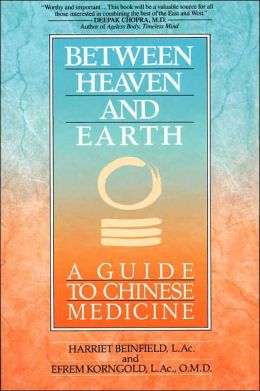
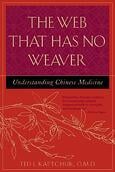 3.
3. 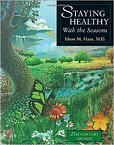 4. Staying Healthy with the Seasons
4. Staying Healthy with the Seasons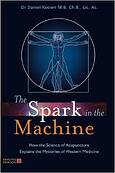 5. The Spark in the Machine: How the Science of Acupuncture Explains the Mysteries of Western Medicine
5. The Spark in the Machine: How the Science of Acupuncture Explains the Mysteries of Western Medicine


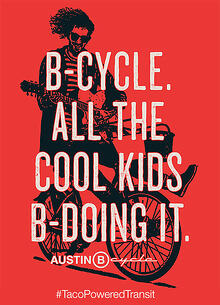
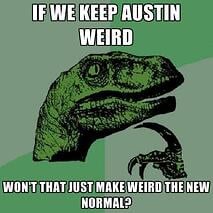

 Elizabeth Arris is an advanced student within the Master of Acupuncture & Oriental Medicine program. Prior to relocating to Austin to attend AOMA, she earned a BA in Biological Sciences at Smith College. When not in class, Elizabeth serves as Student Ambassador, administering the InterTransform Mentoring Program for new students.
Elizabeth Arris is an advanced student within the Master of Acupuncture & Oriental Medicine program. Prior to relocating to Austin to attend AOMA, she earned a BA in Biological Sciences at Smith College. When not in class, Elizabeth serves as Student Ambassador, administering the InterTransform Mentoring Program for new students. 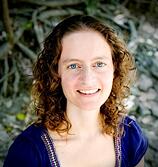 We’d like to introduce you to the new book
We’d like to introduce you to the new book 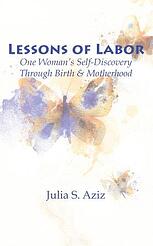 About the book:
About the book:
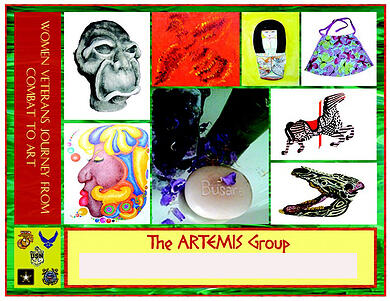
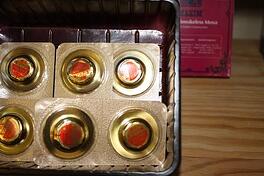
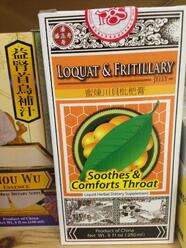
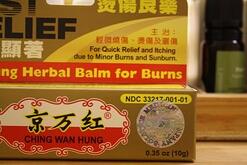
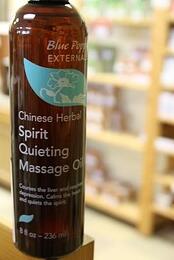
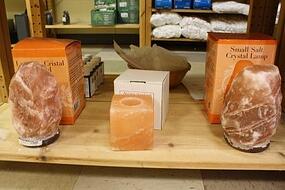
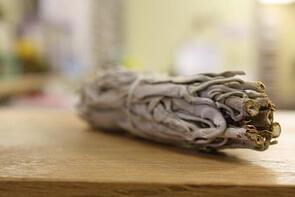
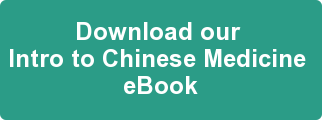

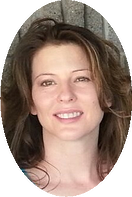
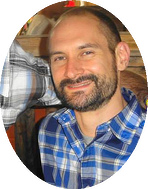
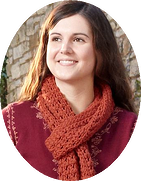

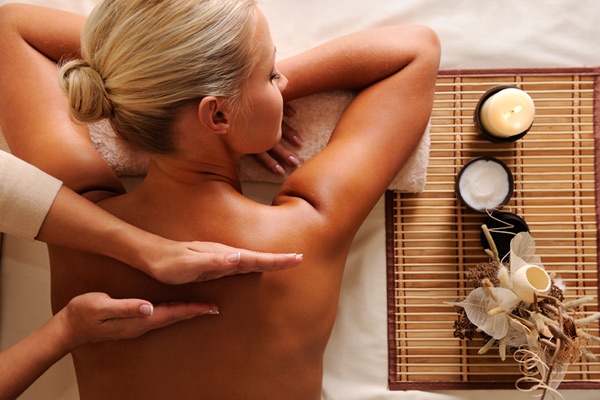






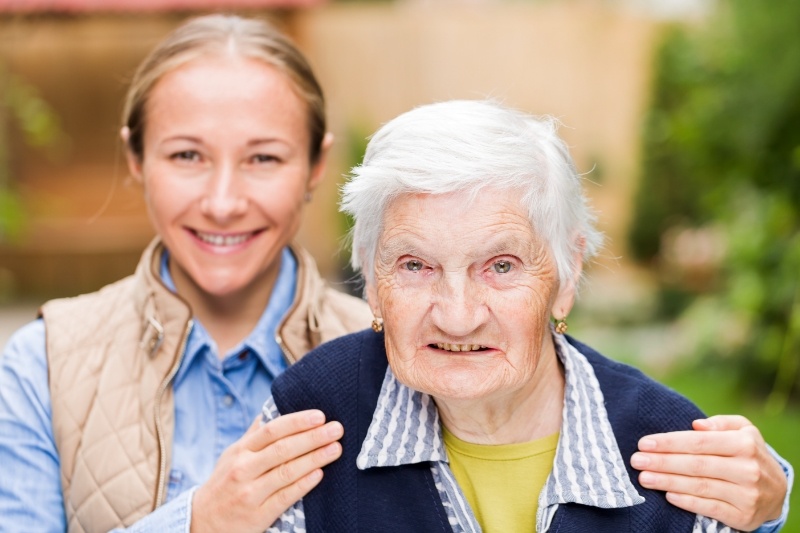

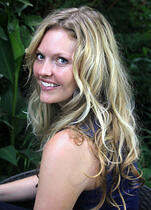 Lauren St. Pierre-Mehrens, MAcOM, L.Ac
Lauren St. Pierre-Mehrens, MAcOM, L.Ac
